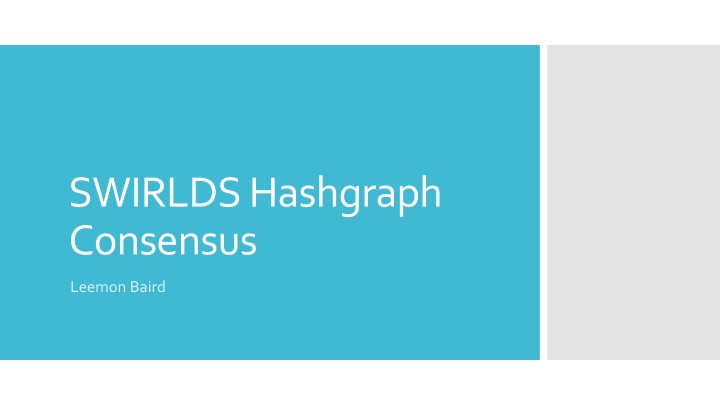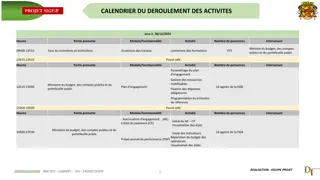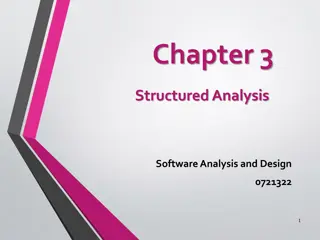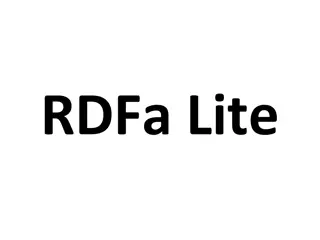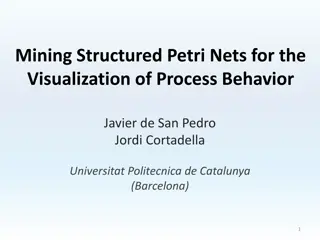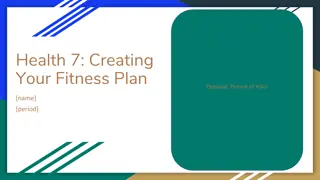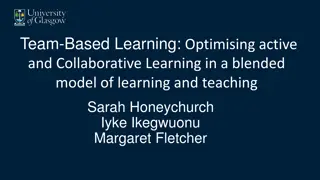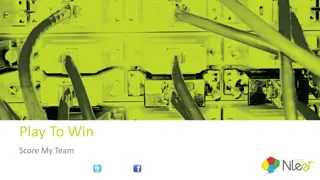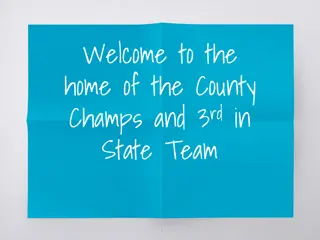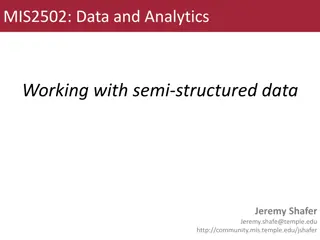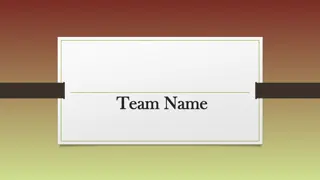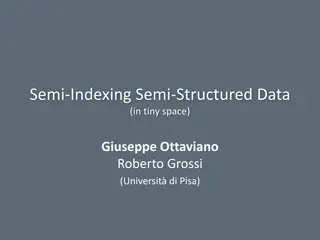Structured Learning Activities in Team-Based Learning
TBL involves a structured sequence of activities promoting active participation and enhancing learning outcomes. It includes individual and group assessments, application exercises, and interactive discussions. Comparing lectures with TBL, the latter fosters teamwork, problem-solving skills, self-motivation, and long-term benefits like improved communication. Implementation steps and benefits of immediate feedback are also highlighted in the content.
Download Presentation

Please find below an Image/Link to download the presentation.
The content on the website is provided AS IS for your information and personal use only. It may not be sold, licensed, or shared on other websites without obtaining consent from the author.If you encounter any issues during the download, it is possible that the publisher has removed the file from their server.
You are allowed to download the files provided on this website for personal or commercial use, subject to the condition that they are used lawfully. All files are the property of their respective owners.
The content on the website is provided AS IS for your information and personal use only. It may not be sold, licensed, or shared on other websites without obtaining consent from the author.
E N D
Presentation Transcript
SWIRLDS Hashgraph Consensus Leemon Baird
Goal Create a consensus algorithm that achieves fairness in an asynchronous system
Complete Asynchrony No leaders No round robin No proof-of-work Core Concepts Eventual consensus High speed in absence of faults Gossip about gossip Virtual Voting
Hashgraph Data structure that records who gossiped to whom and in what order Gossip Information is passed on to a randomly selected peer Gossip about gossip The history of the gossip itself, which is passed on through the gossip protocol Virtual voting Every member has a copy of the hashgraph, so votes are tabulated locally to achieve BA Definitions Witnesses The first event per peer per round Famous witnesses An event that is shown that most members received soon after creation Strongly seeing True if two events are connected by floor(2n/3)+1 peers events
Hashgraph A new vertex is created whenever a peer receives a gossip event from another peer. Events record gossip syncs, and contain a hash of the parents, any new transactions the receiving peer creates, and a digital signature.
The event (red), contains a hash of the two parent events: the self-parent (dark blue), and the other-parent (light blue). The other ancestor events (grey) are not stored in the hash, but they are determined by all the hashes. Self-ancestor (dark grey) are reachable, while other ancestors are not.
Assuming both peers are honest, if they both have the same hashgraph, then they can calculate a total order of events and get the same answer, reaching consensus without sending votes. If the honest peers have different hashgraphs, they will still be consistent. If both A and B both contain event x, then they will contain exactly the same set of ancestors for x, and the same set of edges between those ancestors . Virtual Voting If both honest peers do not know of the same event, then the one without will be caught up through the gossip protocol.
A peer will calculate the total order of events in their hashgraph by doing a series of elections. In these elections, some events in the HG will be casting a vote, and some will be receiving a vote. Virtual Voting The peer will calculate multiple elections, both from its perspective, as well as other peers perspectives in order to determine BA.
A witness event that has been determined by the community that many members can see it, by the start of the next round after it was created. Famous Witnesses Every round will eventually have its witnesses classified as famous or not famous, with at least one of the witnesses being famous. After the famous witnesses are set, they can act as a judge to define total order on the events that have reached them.
Strongly Seeing Events are incremented to the next round iff they are strongly seen by floor(2n/3)+1 members
A byzantine node sends false vote. Voting is all virtual, and as such peers cannot be attacked by making the virtual version vote incorrectly. Forking Events can only see previous events if they are both known to it, and if no forks by that creator are known to it. If some event w has x as an ancestor but doesn t have y as an ancestor, then the event w can see event x. However, if both x and y are ancestors of w, then w is defined to not see either of them, nor any other event by the same creator. Potential Attacks Inconsistent Hashgraph Ignore
run two loops in parallel: loop sync all known events to a random member end loop Swirlds Hashgraph consensus algorithm loop receive a sync create a new event call divideRounds call decideFame call findOrder end loop
for each event x r max round of parents of x ( or 1 if none exist ) if x can strongly see more than 2n/3 round r witnesses divideRounds procedure x.round r + 1 else x.round r x.witness (x has no self parent) or ( x.round>x.selfParent.round)
decideFame Procedure For each witness event, decide whether it is famous.
